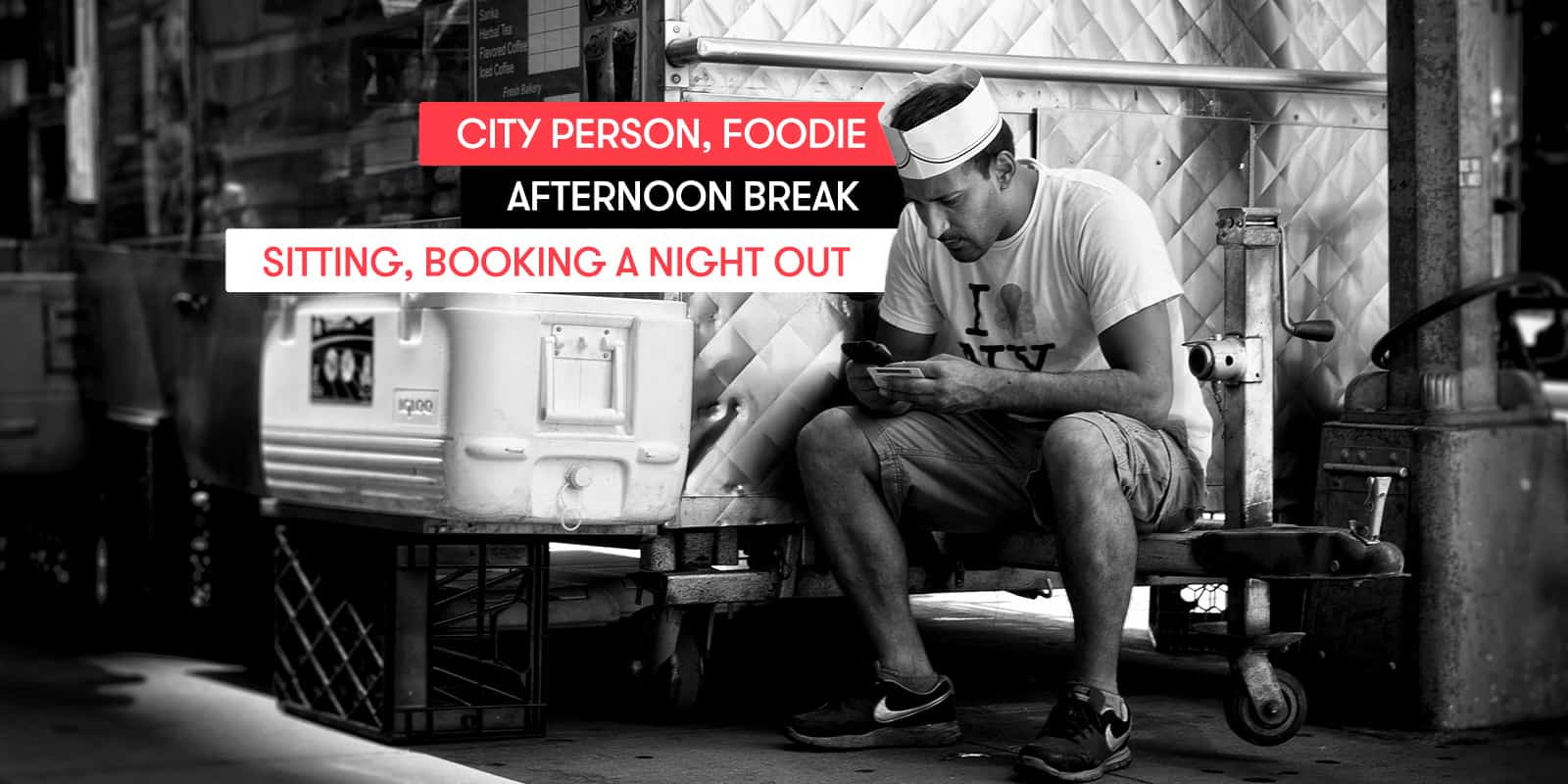The pace of smartphones displacing desktops is accelerating at warp speed. Mobile marketers can’t seem to keep up with the mobile-centric digital age we know today, and fail to provide engaging content on mobile devices. Mobile users today no longer tolerate intrusive, annoying and irrelevant content and are equipping their mobiles with ad blockers.
Adblocking is just a result of a phenomenon that we’ve seen building for many years now: the traditional model of mass marketing and mass segmentation is now broken. Relevancy is gone.
The good news is: there’s something else you can do to get rewarded by your customer. By combining predictive analysis and machine learning, you, as a marketer, can create truly personalized experiences, greatly improving the chances of your customer taking you up on said experience. That’s what contextual personalization can mean to your company.
But – like with all good things, there’s always a but – doing it like that, today, is still challenging. Here’s what you already can do, as a marketer, and what you, as a consumer, can start to expect.
The good stuff
Let’s begin with the good stuff: technology is making real-time predictions and personalized assistance possible. And the key to unlocking most of that potential is… the mobile phone.
We use our smartphone for almost anything these days. The smartphone may not yet make you a cup of coffee, but you can order and pay for it with it. And no other device holds so much sensory and contextual data about us. Data that can be used to create relevant interactions. And that’s what’s missing with most advertising today: it’s not relevant nor personalized. If it isn’t blocked, it’s ignored.
“Banner blindness causes an estimated 77% of all display ads to be completely ignored.”
Just do it!
Mobile has completely changed the ball game for marketers, but not all of them are fully aware of this yet. Mobile is, above all, about getting stuff done. It’s action-oriented. It’s not just about getting the right information to the consumer at the right time, it’s about all of that and the possibility to act upon it in real-time. These micro-moments of truth are increasingly determining how we go about our day. And the right stimulus or nudge, will mean the difference between a sale or yet another disappointing ad encounter.
But what the right ‘stimulus’ or ‘nudge’ is, is not defined by you, the marketer, but by the context of the consumer. By capturing as much relevant data as possible about the consumer’s routines, habits, likes and dislikes, relevant interactions can be suggested.
Such as:
- Informing you when would be a good time to get into the car to drive to your next meeting (Google and Siri are currently already doing this).
- Whether you still have time to get a sandwich (because it’s lunchtime and you usually have a sandwich) and where along your route, they have your favorite brand.
- When you’re driving home in the evening, what’s on the television that interests you (based on your viewing history) or whether you and your partner should go to the movies, as there’s a new romcom showing. And as you went to see an action movie last week, this time it is advised to change genre in order to keep the peace in your relationship.
When ‘ads’ deliver real contextual value, they will no longer be blocked or ignored. They will be embraced by the consumer and, at some point, people will no longer want to miss out on them. Imagine that: people that are actually missing (i.e. can’t wait to see) your ads. No masses of ads, no irrelevancy, no irritation anymore. This must be what marketing heaven looks like.
The future of marketing: the contextualized personal e-assistant
Many big players are working on personal assistants (Google with Google Now, Apple with Siri, Microsoft with Cortana, Facebook with M), and that’s sensible, because, increasingly, we don’t consider apps or websites or shops or whatever. It all starts to become blurry as it blends into a single customer experience which, at least for the very near future, is going to be driven by the smartphone. We may very well see that the next big tech battle – after the browser wars and the OS wars – centers around the personal e-assistant.
But marketers don’t have to wait for the big players to turn their beta assistants into fully launched services. Sensory-driven fusion platforms that can make predictions in real-time are already available. It may not all be fully integrated yet, but much more is possible. Apps today can capture masses of contextual data, which can be used to deliver personalized interactions to smartphone users everywhere. It’s time to do away with generic messages and become a real companion of your customer.
The smart web
In the early 2000s, when web 2.0 became hot (the tsunami of social media and user-generated content still had to happen!), some were already contemplating about what would be next. Well, we came up with web 3.0, or ‘the smart web’. That ‘smart web’ is now getting very real with virtual personal assistants by our side all of the time, gently poking us to do what we wanted to do anyways. We just didn’t know it yet.
Is there no downside? There may be concerns regarding privacy as customers will expect brands to deliver real and incremental value in exchange of personal data. And yes, it may become pretty hard to arrive late at meetings in the future. Forget about the ‘traffic jam’ excuse. No-one will fall for that one anymore.
Want to know more about our sensor fusion platform and how it can fuel your customer’s journey? Reach out to us.

